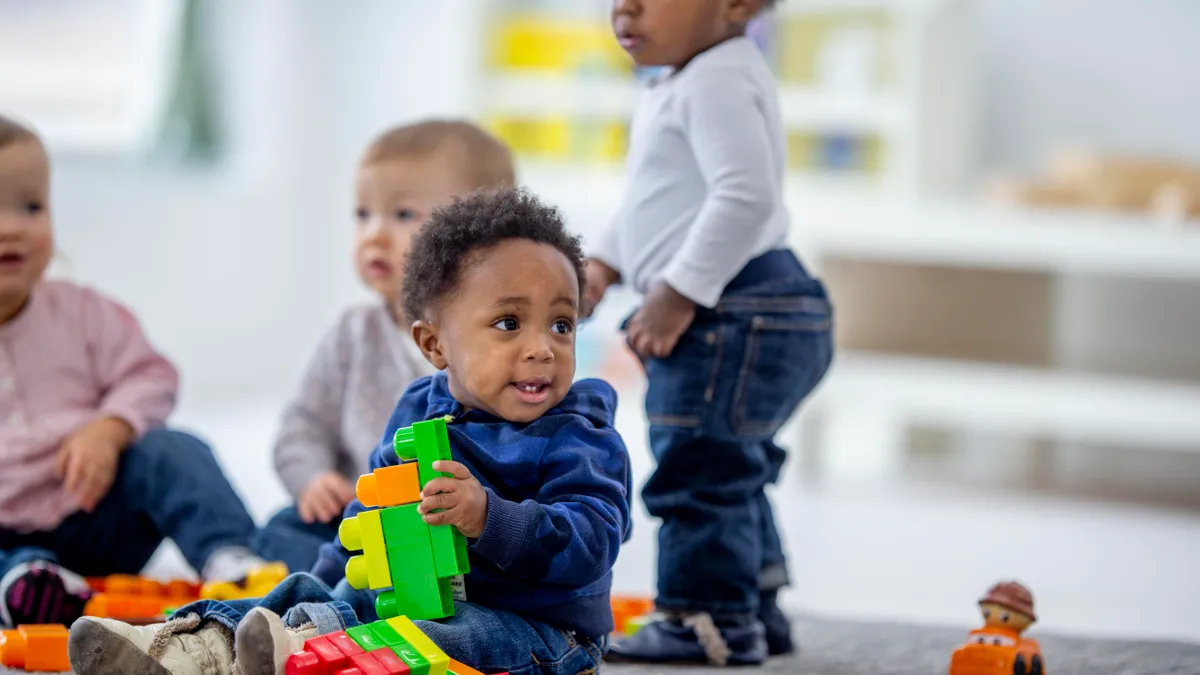If it feels like people in the U.S. are having fewer kids, it’s not just you. In fact, data from the National Center for Health Statistics shows that in 2018, the average woman had just one child, compared to more than three in 1960. At the same time, the number of women in the workforce has increased.
The tension between being a committed parent and being a worker is no new phenomenon. But with a labor market that is likely to remain tight and the evolving but continual interest in D&I, experts say employers would do well to make the workplace hospitable to parents, particularly mothers — or risk losing them.
The strain on working parents has received new attention recently, as the Biden administration’s $39 billion in funding for child care providers, a part of the American Rescue Plan Act, dried up Sept. 30. The “child care cliff” has triggered fears of day care closures, leaving working parents in a bind.
Employers can step in by beefing up benefits packages and approaching working parents thoughtfully. Below are seven stories at the intersection of child care and working parents.














